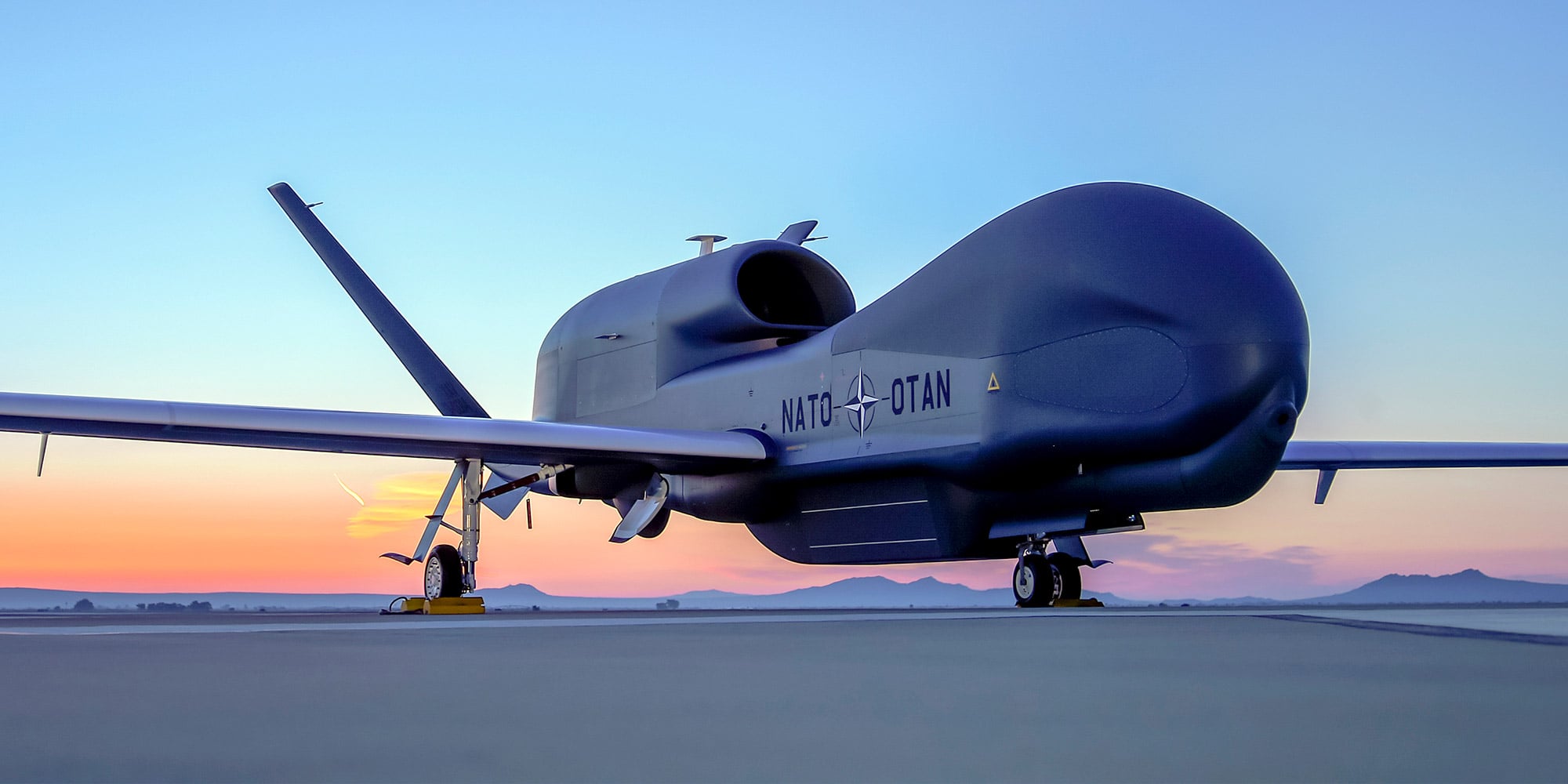The Romanian economy will record a 3.5% advance in 2019 and an advance of 3.1% in 2020, down one percentage point from the June 2018 forecast, according to the semiannual "Global Economic Prospects," published on Wednesday by the World Bank (BM).
Also, the international financial institution expects Romania to report for the year 2018 an increase of 4.1% in GDP, which is again down one percentage point from the June forecast.
The expansion is expected to ease in 2021, when Romania's economy will see an advance of 2.8%, the World Bank report said.
The international financial institution estimates that in Europe and Central Asia (ECA), a region including Romania, the economy slowed down to 3.1% in 2018, from 4% in 2017, reflecting the decline in Turkey's economic activity in the second half of last year.
Leaving Turkey aside, the regional growth remains unchanged at 2.9% in 2018, as slowing economic activity in countries like Bulgaria and Romania was offset by accelerated dynamics in the eastern part of this region, which benefited last year from the higher price for crude, according to the WB.
The Central European countries recorded a slower GDP growth in 2018. The weakening of exports and the lack of work force affected the growth in Bulgaria, Croatia and Romania. In contrast, despite the lack of employees in Poland, the economy of this country has accelerated slightly due to the solid level of consumption and investments.
The tax policy in the region has varied significantly, according to the World Bank report. Turkey committed to strengthen its monetary policy in order to curb inflation and stop the depreciation of its currency. In Romania, the cut operated in the income tax and the salary increases in the public sector have offset an increase in social contributions, which recorded the first surplus last year since 2012.
In most countries in Europe and Central Asia, the monetary policy is stable or relaxed. At the end of 2018, nine countries had lower interest rates than one year ago, while three other states increased their monetary policy interest rates: Romania, Ukraine and Turkey.
In Central Europe, work force shortages and the rising energy prices have led to a rising inflation, but the monetary policy stayed stable in most countries. An exception was Romania, where robust domestic demand resulted caused the upper limit of the inflation targeting to be exceeded, determining thus the strengthening of the monetary policy, according to the "Global Economic Prospects" report.
World Bank downgrades estimates for Romania's economic development in 2019 and 2020
Explorează subiectul
Articole Similare

6
Romania enters 2026 with better-balanced public finances, solid foundation for responsible budget (FinMin)
6

8
CultMin: Through proposed amendments to Copyright Law, artists can earn more
8

11
French Minister Delegate to the Minister of the Armed Forces to visit Cincu Training Centre, 30 to 31 December
11

8
Education Ministry,clarifications regarding elimination of 30,000 positions:Incomplete understanding of way teaching norms are established
8

21
Judges who boycotted CCR session complain that they were called to work on a non-working day
21

9
Implementation of PNRR projects, speeding up payment mechanisms, remain clear priority for Health minister
9

18
CCR boycott futile, PSD sabotages coalition from within, says Forta Dreptei Party's Orban
18

12
Former Justice Minister Ion says abuse by Constitutional Court judges is without precedent
12

8
JusMin has not received any request from CCR regarding reform of magistrates' pensions
8

11
BNR: Deposits of non-government resident customers up 1.5 percent in November 2025
11

12
Senate's Abrudean: Repeated postponements of CCR's decision on pensions reform cannot become a blocking strategy
12

12
Managers from industry and retail estimate moderate decrease in economic activity in coming months
12

9
BVB's Hanga: 2025 confirms that Romania's capital market has entered a new stage of maturity
9



















Comentează